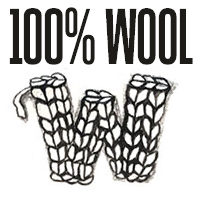Today in our European tour we are traveling to Croatia to explore a modern manifestation of an ancient shepherding tradition. In Croatia, the word for sheep is ovca and the word for wool is vuna.
Every year there is an amazing annual pagan-slavic festival in Croatia in which men and boys gather together to ward off evil spirits, wearing costumes featuring massive cow bells and sheepskins. If we have understood correctly, these custodians of folk culture are known as Halubajski Zvončari, or Halubian bell ringers, and the word haluba refers to a traditional shepherd hut. The festival has its origins in the pasturing and shepherding histories of the local landscape.
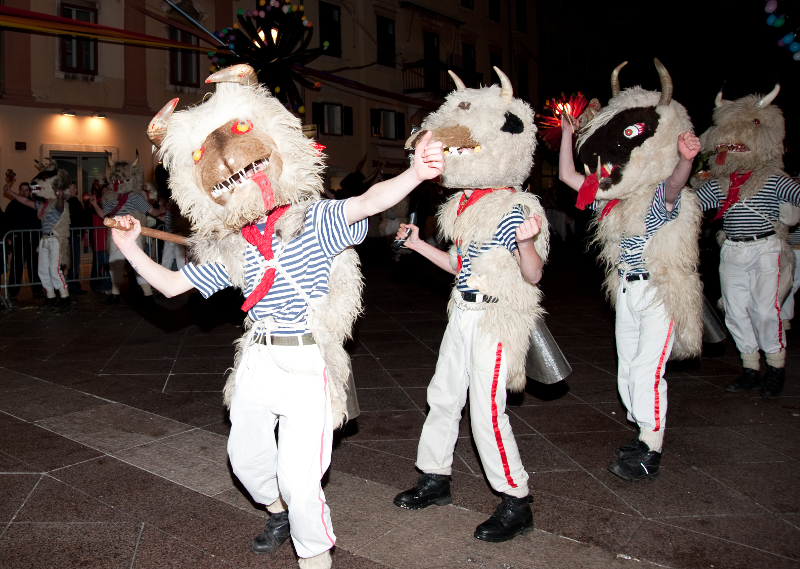
From Wikipedia:
Zvončari (the bellmen) is the characteristic folk custom maintained in the region around Rijeka, Croatia. It was added to UNESCO’s Representative List of the Intangible Cultural Heritage of Humanity in 2009.
The custom dates to pagan antiquity, and remains typical for this region. The primary task of Zvončari is to scare away evil spirits of winter and to stir up new spring-time cycle. During the Rijeka Carnival time Zvončari march from village to village throughout the region, following the same centuries-old route, making an extraordinary amount of noise, fueled in part by the wine provided by the locals en route.
The standard Zvončar costume includes white trousers, striped shirt, and a sheepskin throw. In their hands they hold a “balta” or “bačuka” – a stylized mace, and around the waist one or more big brass bells. The costume varies from village to village; for example, Zvončari of Halubje and Grobnik (hr) (Dondolaši) wear special stylized masks representing fantastic animal heads, while Zvončari of Žejane and Brgud (hr) wear “flower hats”. A legend tells that Zvončari scared away invading Tatars or Turks. According to the legend the shepherds put masks on their heads, belted on bells, and produced a deafening noise that scared the enemy away. From that time on, a mace became part of the standard equipment of Zvončari. The Zvončari participate regularly in the international Rijeka Carnival.
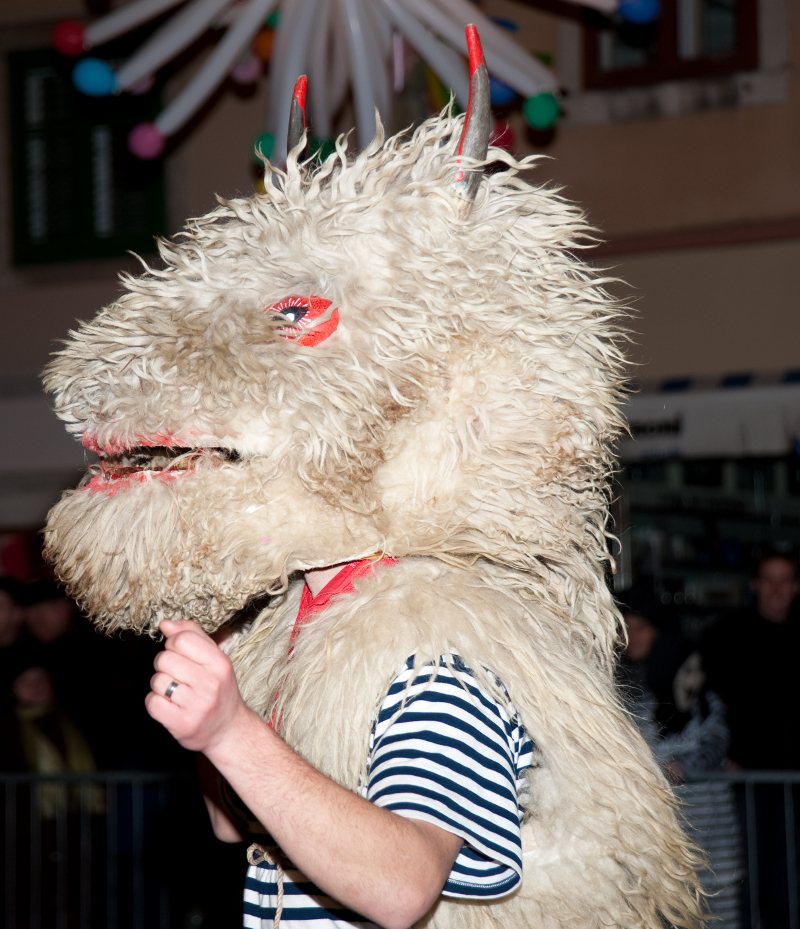
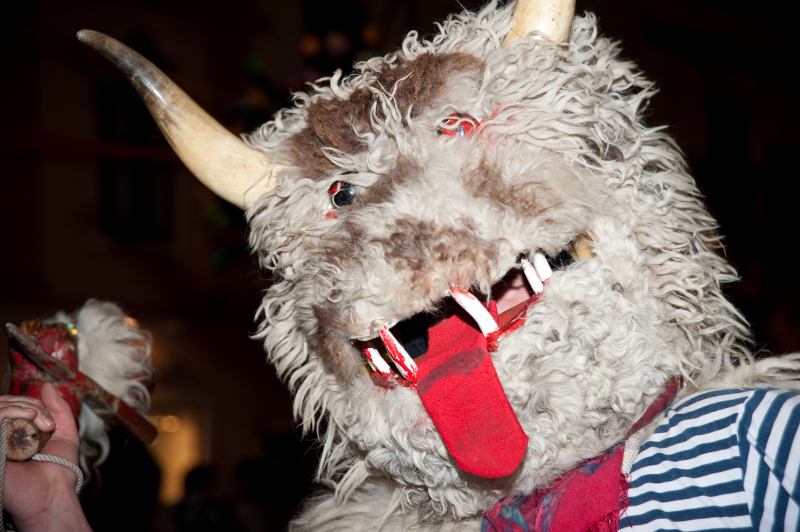
This festival is beautifully documented in a video by the Croatian filmmaker Marin Tomulić who has published it on YouTube.
Marin has also written a fascinating account of his journey making this film. It is fascinating how this festival maintains old ideas about communities, the cycle of the seasons, and the deep, collective cultural memory of shepherding in this part of Croatia. Though we are not sure what happens with wool in this region, Wovember are happy to report that an amazing initiative by the Ruta Association on Cres Island is focused on producing felt products from the waste wool of the island’s 15,000 sheep into felt. The Ruta Association are, in a story that will be familiar to many of you here, seeking to find a purpose for this amazing and under-utilised local resource. Please check out their website for beautiful photos showing what can be done with Croatian wool. To us here at Team Wovember, it seems that this creative wool work re-purposes for modern times, some of the respect for the shepherds of the past embodied in the festivities of the Halubajski Zvončari.
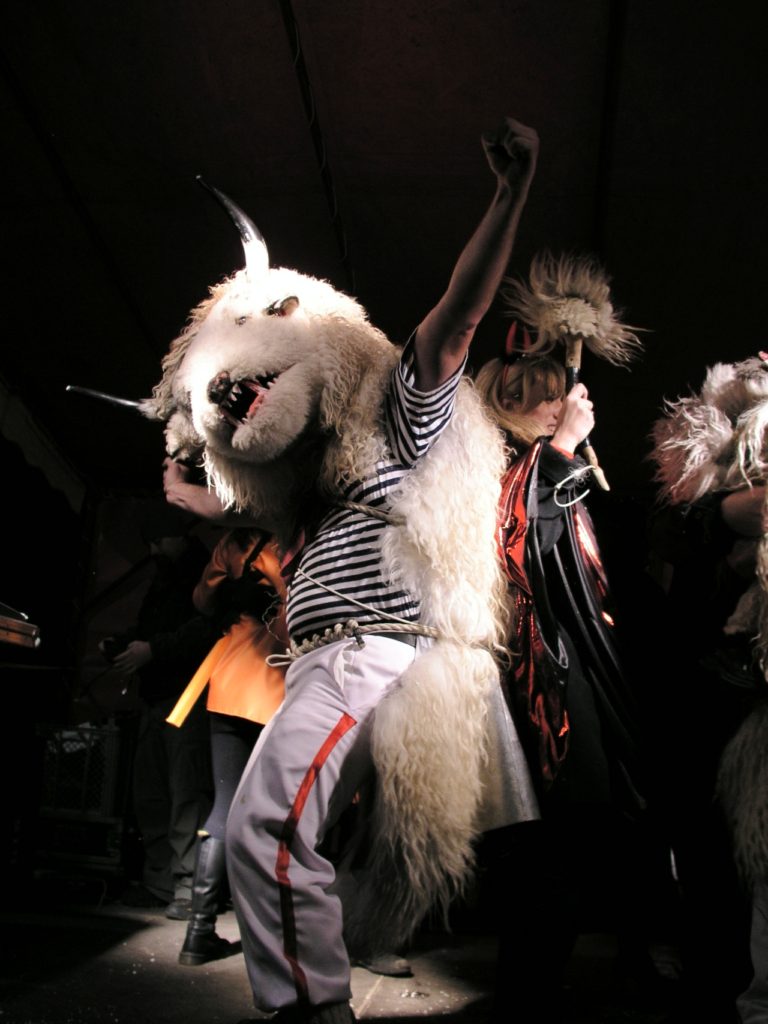
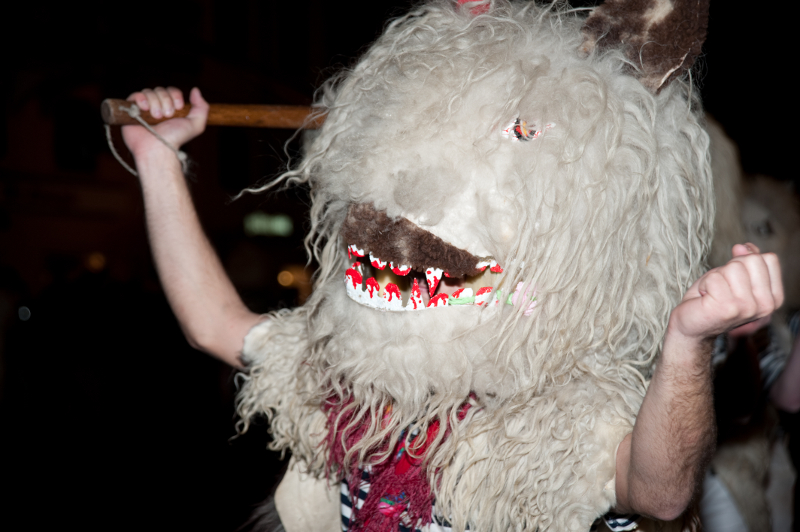
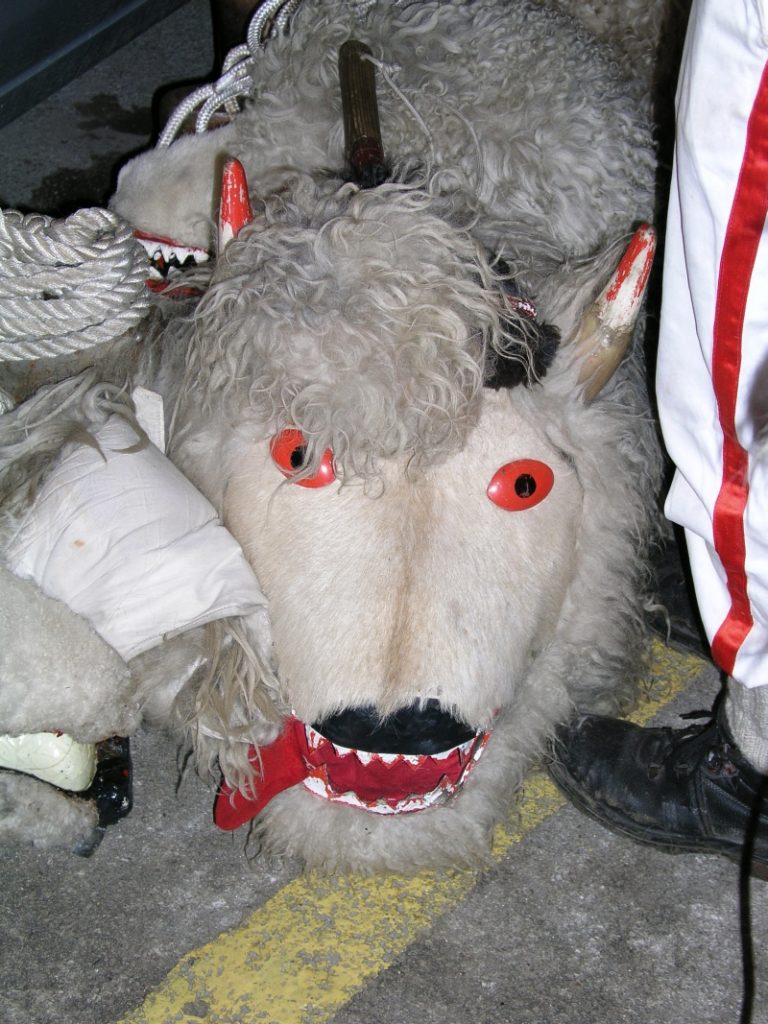
All images in this post are by Roberta F. and were found through Wiki Commons, where they are shared under an attribution 2.0 license.
